2️⃣通过编写计算器学习ArkUI组件 原创 精华
【本文正在参与优质创作者激励】
$\color{FF0000}{有兴趣的可以通过社区群加我一起探索ArkUI应用开发😁😁😁}$
3.3 Column容器组件
通过3.2小节了解了Flex容器组件及简单的使用方法,本小节将介绍Column组件,并重构标准计算器布局,实现和Flex组件相同的布局效果。
3.3.1 Column容器组件
Column容器组件称为沿垂直方向布局的容器(也可以称为线性布局),简而言之就是在垂直方向所有子组件依次排列。
3.3.2 标准计算器Column布局实现
通过Column容器布局构建页面,子组件以三个Column容器组件为主,高度占比分别为14%、28%、58%(取与Flex近似值),并使用不同的背景色做简单的区域划分,代码如下:
@Entry
@Component
struct Index {
build() {
Column() {
// 顶部功能按钮
Column() {
}
.width('100%')
.height('14%')
.backgroundColor('#F2F2F2')
// 回显及结果显示区
Column() {
}
.width('100%')
.height('28%')
.backgroundColor('#FFFFFF')
// 功能按钮、符号按钮、数字按钮
Column() {
}
.width('100%')
.height('58%')
.backgroundColor('#F2F2F2')
}
.width('100%')
.height('100%')
.backgroundColor('#F5F5F5')
}
}
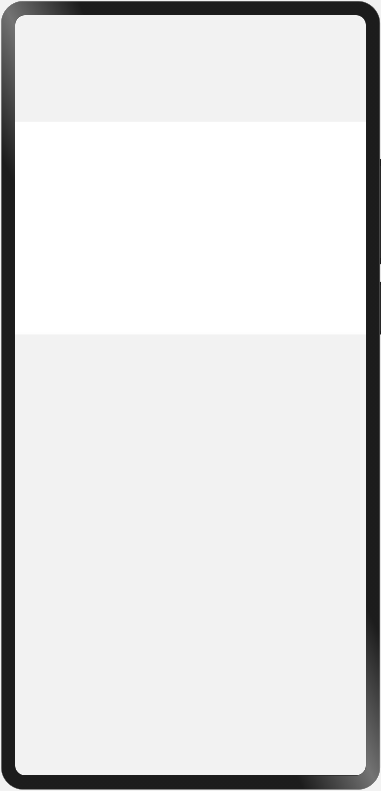
$\color{FF0000}{说明:本次计算器以Flex布局为主。}$
3.4 标题栏区域
回顾第2小节的设计图,标题栏区域显示两个组件,左侧组件以下拉为主,用于选择计算器类型;右侧以历史记录为主,用于呈现历史信息。两者都以Button组件为主,左侧Button使用通用属性中的Menu控制实现下拉选择。左侧以图标+文字的形式设计,还需要了解Image和Text组件。

3.4.1 Button组件介绍
″按钮″用于与用户交互最常见的组件,很多时候和客户聊天时,都会听到″我们需要傻瓜式操作,点点按钮就能完成任务″。

当然这是不可能的,以用户为中心,客户至上😂😂😂
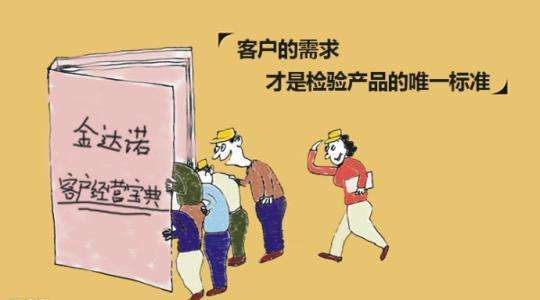
扯远了,继续看看Button组件,它称为按钮组件,支持包含子组件,所以可以通过自定义编写各种按钮,如多色文字按钮,带图标和文字的按钮,图标按钮等。Button组件默认提供了三种样式:圆角默认为高度一半的胶囊型按钮(ButtonType.Capsule)、圆形按钮(ButtonType.Circle)、默认不带圆角的普通按钮(ButtonType.Normal)。若设置按钮圆角需要通过borderRadius设置。
@Entry
@Component
struct btn {
build() {
Flex({ direction: FlexDirection.Column, alignItems: ItemAlign.Center, justifyContent: FlexAlign.Center }) {
Text('文字按钮').fontSize(20).fontColor('#CCCCCC').width('90%')
Flex({direction: FlexDirection.Row, wrap: FlexWrap.Wrap}) {
Button('普通', {type: ButtonType.Normal}).width(100).backgroundColor('#409EFF')
Button('圆', {type: ButtonType.Circle}).width(55).height(55).backgroundColor('#409EFF')
Button('胶囊', {type: ButtonType.Capsule}).width(100).backgroundColor('#409EFF')
Button('圆角', {type: ButtonType.Normal}).width(100).borderRadius(8).backgroundColor('#409EFF')
}
.width('100%')
.height(120)
.padding(10)
Text('图标+文字按钮').fontSize(20).fontColor('#CCCCCC').width('90%')
Flex({direction: FlexDirection.Row, wrap: FlexWrap.Wrap}) {
Button({type: ButtonType.Normal}){
Row() {
Image($r("app.media.icon")).width(20).height(20).margin({left: 12})
Text('Logo').fontSize(12).fontColor('#FFFFFF').margin({left: 5, right: 12})
}
}.width(100).backgroundColor('#409EFF')
Button({type: ButtonType.Circle}){
Row() {
Image($r("app.media.icon")).width(20).height(20).margin({left: 12})
Text('Logo').fontSize(12).fontColor('#FFFFFF').margin({left: 5, right: 12})
}
}.width(80).height(80).backgroundColor('#409EFF')
Button({type: ButtonType.Capsule}){
Row() {
Image($r("app.media.icon")).width(20).height(20).margin({left: 12})
Text('Logo').fontSize(12).fontColor('#FFFFFF').margin({left: 5, right: 12})
}
}.width(100).backgroundColor('#409EFF')
Button({type: ButtonType.Normal}){
Row() {
Image($r("app.media.icon")).width(20).height(20).margin({left: 12})
Text('Logo').fontSize(12).fontColor('#FFFFFF').margin({left: 5, right: 12})
}
}.width(100).borderRadius(8).backgroundColor('#409EFF')
}
.width('100%')
.height(160)
.padding(10)
Text('图标按钮').fontSize(20).fontColor('#CCCCCC').width('90%')
Flex({direction: FlexDirection.Row, wrap: FlexWrap.Wrap}) {
Button({type: ButtonType.Normal}){
Image($r("app.media.icon")).width(20).height(20)
}.width(55).height(55).backgroundColor('#409EFF')
Button({type: ButtonType.Circle}){
Image($r("app.media.icon")).width(20).height(20)
}.width(55).height(55).backgroundColor('#409EFF')
Button({type: ButtonType.Capsule}){
Image($r("app.media.icon")).width(20).height(20)
}.width(100).height(55).backgroundColor('#409EFF')
Button({type: ButtonType.Normal}){
Image($r("app.media.icon")).width(20).height(20)
}.width(55).height(55).borderRadius(8).backgroundColor('#409EFF')
}
.width('100%')
.height(120)
.padding(10)
}
.width('100%')
.height('100%')
}
}

3.4.2 标题栏左侧下拉菜单实现
// 顶部功能按钮
Flex({direction: FlexDirection.Row, alignItems: ItemAlign.Center, justifyContent: FlexAlign.SpaceBetween}) {
Button({type: ButtonType.Normal, stateEffect: false}) {
Row() {
Image($r("app.media.more")).width(32).height(32).margin({left: 12})
Text('标准').fontSize(24).margin({left: 5, right: 12})
}
}
.height(64)
.backgroundColor('#F5F5F5')
Button({type: ButtonType.Normal, stateEffect: false}) {
Image($r("app.media.history")).width(32).height(32).margin({right: 12})
}
.height(64)
.backgroundColor('#F5F5F5')
}
.flexGrow(1)
.width('100%')
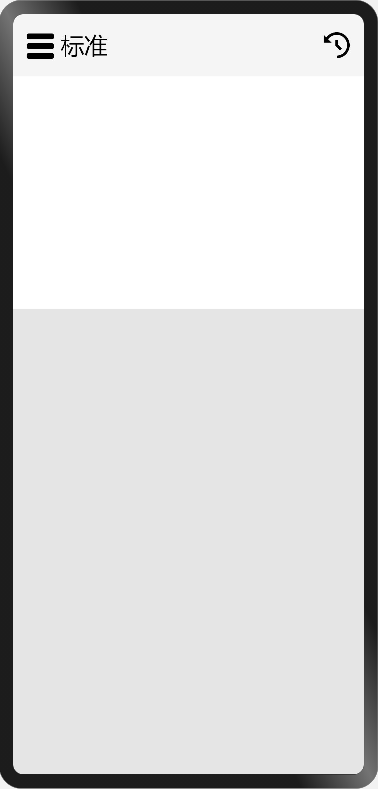
点击【标准】按钮,没有下拉效果,在这里目前仅仅是一个按钮,需要为这个按钮添加Menu控制,接下来聊聊Menu控制是做什么的。
Menu控制是一个通用属性,可以通过bindMenu给组件绑定菜单,点击后弹出菜单。
@Entry
@Component
struct MenuBtn {
build() {
Flex({ direction: FlexDirection.Column, alignItems: ItemAlign.Center, justifyContent: FlexAlign.Center }) {
Flex({alignItems: ItemAlign.Center, justifyContent: FlexAlign.Center}) {
Text('Click Me')
.fontSize(50)
.fontWeight(FontWeight.Bold)
}
.bindMenu([
{
value: 'MenuButton01',
action: () => {
AlertDialog.show({title: "提示", message: '点击了MenuButton01'})
}
}, {
value: 'MenuButton02',
action: () => {
AlertDialog.show({title: "提示", message: '点击了MenuButton02'})
}
}
])
}
.width('100%')
.height('100%')
}
}
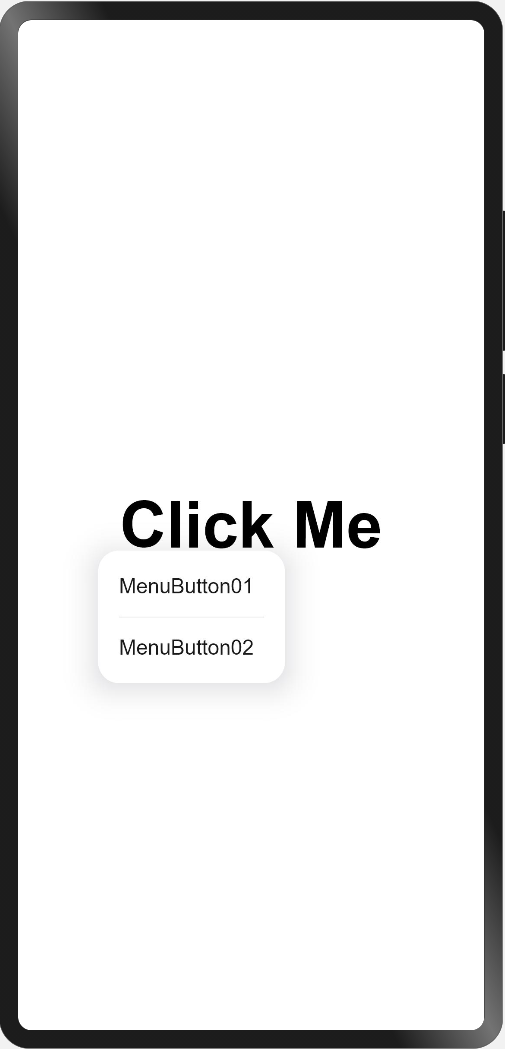
给【标准】按钮绑定菜单:
Button({type: ButtonType.Normal, stateEffect: false}) {
Row() {
Image($r("app.media.more")).width(32).height(32).margin({left: 12})
.bindMenu([
{
value: "科学",
action: () => {}
},
{
value: "房贷",
action: () => {}
},
{
value: "程序员",
action: () => {}
}
])
Text('标准').fontSize(24).margin({left: 5, right: 12})
}
}
.height(54)
.backgroundColor('#F5F5F5')
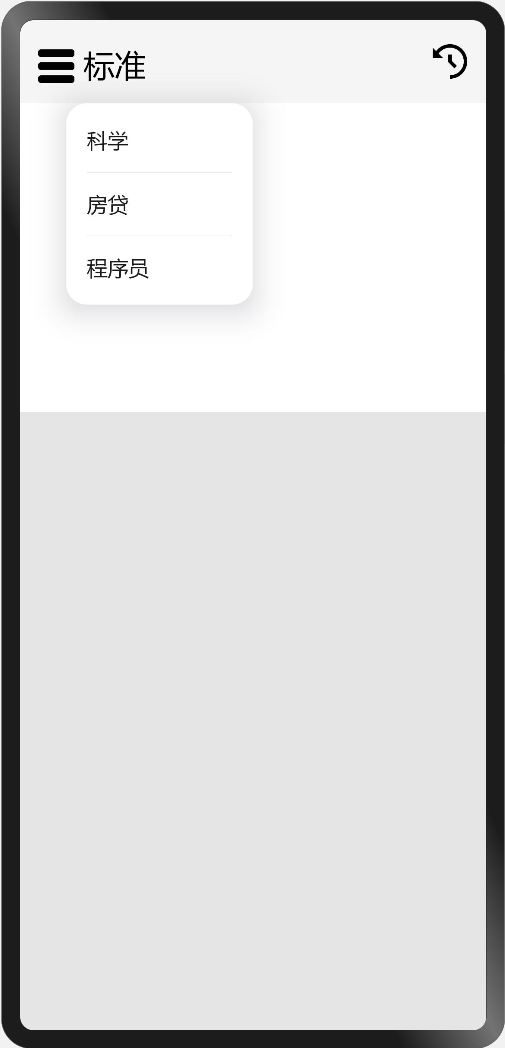
3.4.3 标题栏右侧历史记录按钮实现
右侧的历史记录按钮和左侧按钮的实现方法一样,只不过没有文字说明,代码如下:
Button({type: ButtonType.Normal, stateEffect: false}) {
Image($r("app.media.history")).width(32).height(32).margin({right: 12})
}
.height(54)
.backgroundColor('#F5F5F5')
总结
本小结即1️⃣通过编写计算器学习ArkUI组件继续完善标准计算器的代码编写,并对Column容器组件,使用Button组件自定义不同的按钮,以及Menu控制做了简单介绍。最终完成了标准计算器顶部功能区的代码实现,在编写过程中,用到了Row容器组件,下节将会讲解它的用法。
$\color{FF0000}{路漫漫其修远兮,吾将上下而求索。}$


















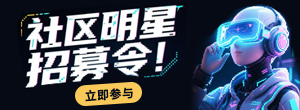


赞,持续追更白老师文章
支持支持
系列内容太赞了